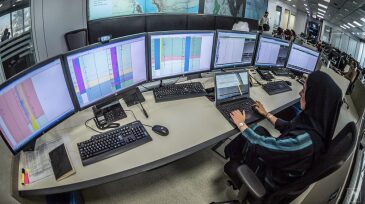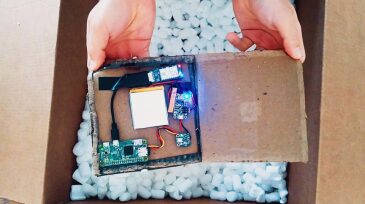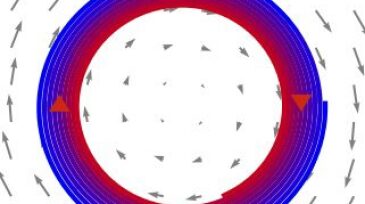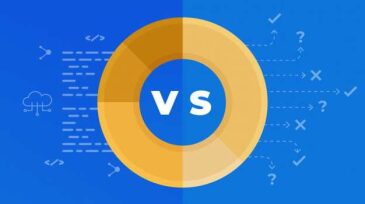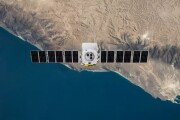DSDE: In Theory
-
Whether thinking about managing oil and gas or other infrastructure facilities or considering industrial efficiency, you may be pondering how the Internet of things can be used. Forward-thinking strategies include not just staying on top of regulatory changes but also influencing them.
-
Saudi Aramco, BP, and Schlumberger pride themselves on staying at the forefront of digital technology development and deployment. But an equally daunting challenge for the industry heavyweights is keeping their ever-expanding digital systems secure.
-
Visually displaying data makes it much more accessible, and this is critical for identifying the weaknesses of an organization, accurately forecasting trading volumes and sale prices, and making the right business choices.
-
At times, it may seem that machine learning can be performed without a sound statistical background, but this does not take in to account many difficult nuances. Code written to make machine learning easier does not negate the need for an in-depth understanding of the problem.
-
Nicknamed “warshipping,” the hacking technique allows remote infiltration of corporate networks by hiding a remote-controlled scanning device designed to penetrate a wireless network inside a package.
-
Photogrammetry—stitching together images to create photorealistic 3D models—can be part of a larger industrial digitalization strategy that aims to liberate data from its silos, connect it to other relevant information, and make it available to the workers who need it.
-
Hamiltonian neural networks draw inspiration from Hamiltonian mechanics, a branch of physics concerned with conservation laws and invariances. By construction, these models learn conservation laws from data, revealing major advantages over regular neural networks on a variety of physics problems.
-
Random Forest and Neural Network are the two widely used machine-learning algorithms. What is the difference between the two approaches? When should one use Neural Network or Random Forest?
-
The 21st century oil and gas industry thrives on hardcore computing power, crunching data derived from seismic testing to find oil deep in the ground and below the sea. Now, an Australian company will fire up a digital behemoth in a data center near the Houston suburb.
-
Data science and decision science are related but still separate fields, so, at some points, it might be hard to compare them directly. This article attempts to show the commonalities, differences, and specific features of data science and decision science.
Trending Now on DSDE
Get JPT articles in your LinkedIn feed and stay current with oil and gas news and technology.


